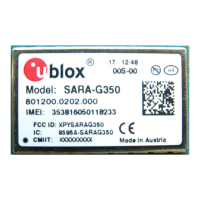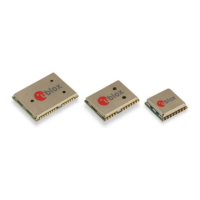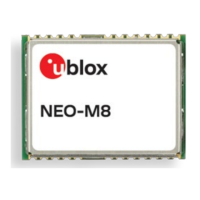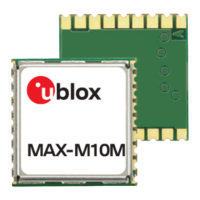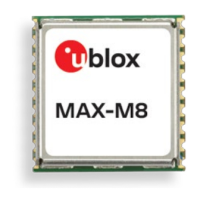SARA-R42 - Application note
UBX-20050829 - R02 Related documentation Page 57 of 58
C1-Public
Related documentation
[1] u-blox SARA-R4 series data sheet, UBX-16024152
[2] u-blox SARA-R4 series AT commands manual, UBX-17003787
[3] u-blox SARA-R4 series system integration manual, UBX-16029218
[4] u-blox SARA-R4 FW update application note, UBX-17049154
[5] u-blox Internet applications development guide application note, UBX-20032566
[6] u-blox IoT Security-as-a-Service application note, UBX-20013561
[7] u-blox SARA-R4 / SARA-R5 GNSS implementation application note, UBX-20012413
[8] u-blox Mux implementation in cellular modules application note, UBX-13001887
[9] u-blox LwM2M objects and commands application note, UBX-18068860
[10] u-blox SARA-R5 SARA-R422 AWS IoT Core_ application note, UBX-20044809
[11] u-blox EVK-R4 user guide, UBX-16029216
[12] 3GPP TS 24.008 - Mobile radio interface layer 3 specification
[13] 3GPP TS 27.010 V3.4.0 - Terminal Equipment to User Equipment (TE-UE) multiplexer protocol
(Release 1999)
[14] GSMA TS.34 IoT Device Connection Efficiency Guidelines
☞ For regular updates to u-blox documentation and to receive product change notifications, register
on our homepage (www.u-blox.com).
Revision history
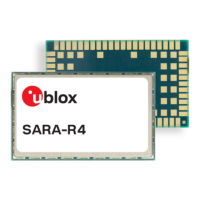
